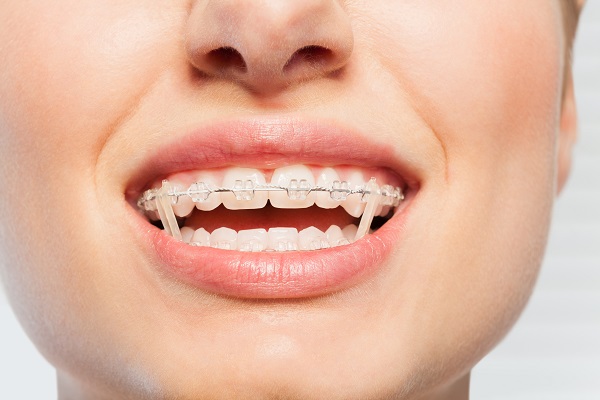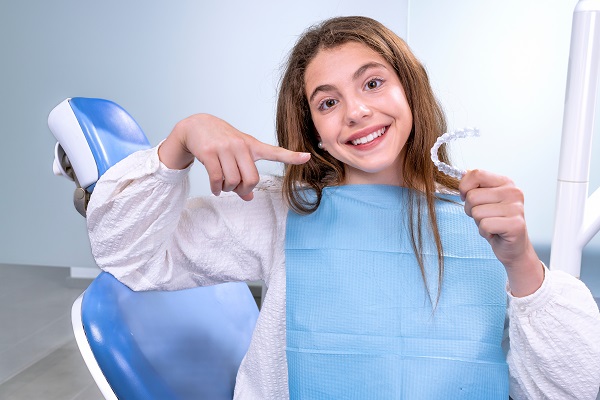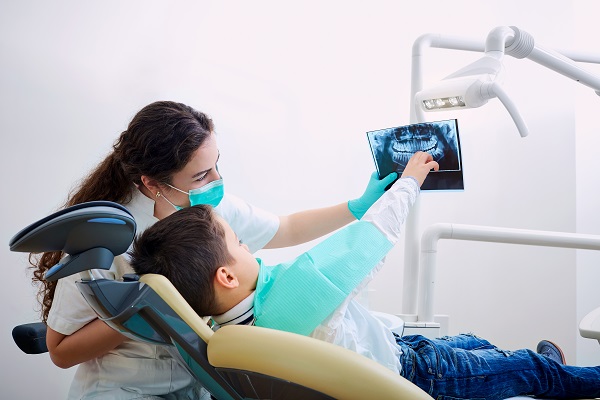Why Do I Need to Wear Rubber Bands With My Braces?

Braces have helped millions of people achieve a better smile and improve their oral health, and you might also be a good candidate. A common part of the braces process is wearing dental elastics, otherwise referred to simply as rubber bands. Braces play a vital role in the alignment of the teeth and jaw.
An overview of rubber bands with braces
A common question that orthodontists often receive from patients is why rubber bands are necessary during braces treatment. It can be helpful to know the importance of elastics. The following is everything to know about rubber band treatment during the braces process, including why it is crucial to wear them properly.
The goal of braces treatment
To fully understand why rubber bands are important, it is helpful to know the goal of braces. The main intention behind braces is to improve the alignment of both the teeth and the jaw. To put it another way, orthodontists are concerned with achieving an ideal alignment of teeth when the mouth is closed. The brackets and metal wires used in braces treatment pull teeth into a straight position, which improves teeth and jaw position. Rubber bands are used for a similar purpose, which is to assist in the movement of jaw and teeth.
The importance of rubber bands
One of the biggest mistakes braces patients make is not wearing their rubber bands as they should, either because they feel it is uncomfortable to do so or simply not important. However, rubber bands assist in the shifting of teeth and the jaw into a better position. They get the mouth used to the jaw aligning properly, helping to ensure the results last in the long term.
How the braces process works
Each patient is different, and subsequently, the process for each patient may vary slightly. However, the first step for anyone interested in braces is to schedule an initial visit with a dentist or orthodontist who offers braces treatment. After the oral examination and dental X-rays, treatment can begin with a dental impression and a follow-up visit. Period visits are required, and retainer wear is necessary after treatment is complete.
When to consider braces treatment
Braces are ideal for anyone with a misalignment of their teeth or jaw. Individuals with mild to moderate misalignment may be eligible for other treatment options as well, including clear aligners treatment, although braces are typically the right solution for patients with more severe malocclusions. Oftentimes, it is wise to seek orthodontic treatment even if the issue does not cause a cosmetic concern, particularly if the misalignment increased the risk of an oral health complication.
Talk to an orthodontist about braces
Braces help patients achieve a better smile effectively and efficiently. Your orthodontist can help you through the entire braces treatment process, from the initial consultation to providing follow-up care after treatment is complete. If you are interested in learning more or want to schedule a time to come in for an initial consultation, consult with your orthodontist today.
Request an appointment here: https://www.drsallysong.com or call The Orthodontic Center Of Wayne - Dr. Sally Song at (973) 696-5220 for an appointment in our Wayne office.
Check out what others are saying about our dental services on Yelp: Braces in Wayne, NJ.
Recent Posts
Even though braces are common among teenagers, getting them is a new orthodontic experience for every patient. Teens and their parents tend to have many questions about braces and other orthodontic treatments for teens, when to get braces, and what having braces will be like. Here are some of the most common questions orthodontists hear…
The primary goal of early orthodontic treatment is to prevent and fix bite misalignments. Several causes, including genetics, the premature loss of primary (baby) teeth, and harmful oral habits (like thumb sucking) may lead to such anomalies. Orthodontic abnormalities might be congenital or occur during early childhood. Straight teeth can reduce the incidence of dental…
Invisalign® has changed how willing teenagers –– and everyone else –– are to start teeth straightening treatments. It provides an alternative to traditional metal braces that is virtually impossible to detect. Invisalign® treatments work the same way conventional braces work, the aligner trays exert a force on the patient's teeth pushing their teeth into better…
Oral health is foundational to good overall health. Through the help of an orthodontist and bite correction, difficulties with chewing or speaking can be overcome. The inability to ingest food or clearly articulate impacts both physical and mental health. Bite correction has the potential to change the course of an individual’s health and wellness.Changes in…


